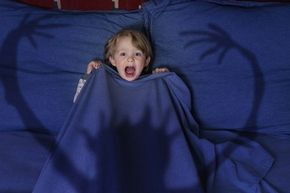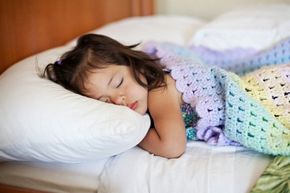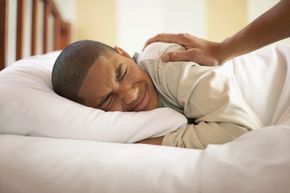A young man wakes up to the sound of somebody crying uncontrollably somewhere nearby. He's worried, but not surprised. This has happened before. He turns on a light and makes his way to his roommate's bedroom, but the roommate isn't there. Increasingly alarmed, the young man follows the sound of weeping and discovers his friend standing outside on the apartment balcony, crying in the darkness.
Jules Knight seems to be in a trance, weeping and sleepwalking while still unconscious. His friend, Stephen Bowman, has known Knight since they were boys at boarding school, when the sleep disorder first began. Back then, Knight's loud cries in the middle of the night would wake up all the other sleeping boys. The woman who cared for the boarders would take him out and try to comfort him with a mug of hot chocolate, but the young boy would go on crying [source: Wigg].
Advertisement
He goes on crying now, too, as his friend leads him from the balcony. Even as an adult, and a founding member of the successful British boy band Blake, Knight has no control over what's happening. He's not awake, but he's not really asleep either. He's been seized by a nameless fear, and he feels the world is ending. Tomorrow, he'll remember none of it. Except the terror.




